Snow isn’t white and other mind-blowing weather facts
Weather facts that will blow you away
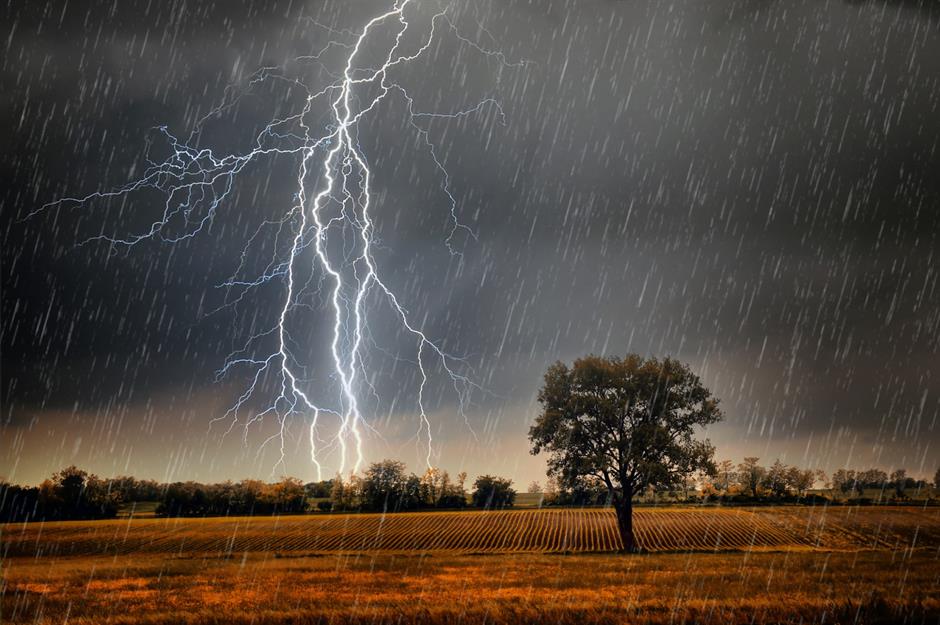
The world of weather is as amazing as it is strange. From unbelievable records and extreme weather events to unique phenomena (did you know a cricket can be used as a thermometer?), these 33 weather facts might just blow you away.
Click through the gallery to discover 33 wild weather facts...
The United States has the most tornadoes

According to US Tornadoes, the United States experiences around 75% of the world's known tornadoes – that's an average of 1,200 tornadoes per year. Although tornadoes have been recorded in every US state, you're most likely to see one in Texas. With an average of 137 tornadoes a year, the state has also experienced some of the worst in recorded history.
Snow isn't actually white
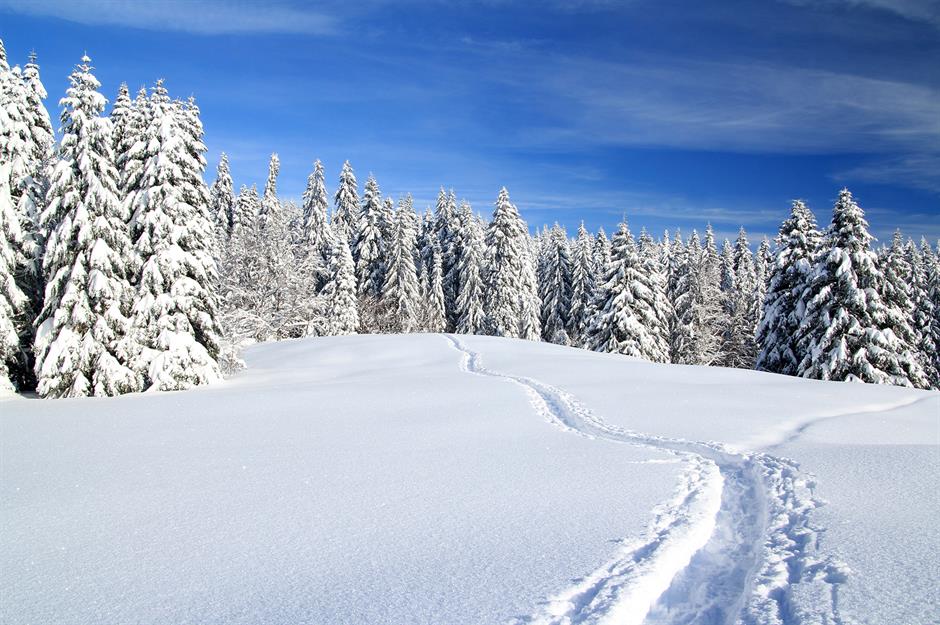
Despite what our eyes are telling us, the white stuff isn't really white but rather translucent. When light reflects from the many individual sides of each snowflake, it's scattered in many directions, diffusing the entire colour spectrum and making it appear white to the human eye. Translucent Christmas doesn't sound that magical though, does it?
Wind is silent

If you imagine a windy day outside, you're probably thinking of whistling and swooshing sounds that increase with the speed of wind. In reality, wind is silent until it passes through or comes into contact with an object. It can be either friction, rolling or rubbing that causes these sounds, but it's the objects reacting to the wind that produces sound, rather than the wind itself.
It almost never snows in Antarctica
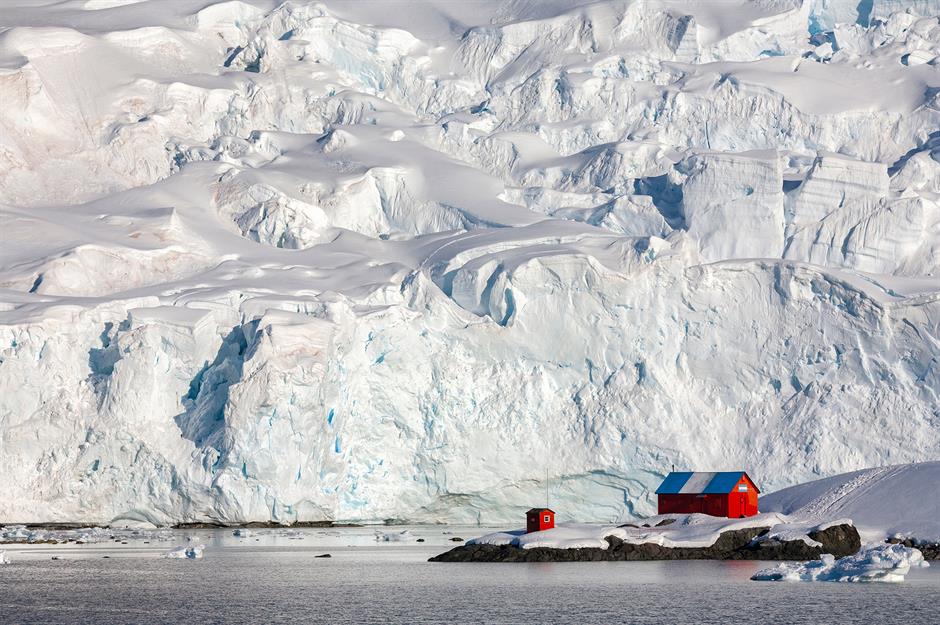
Surprisingly, it almost never rains or snows in Antarctica. It's actually a desert, and a particularly dry one at that. Why? Because for precipitation to happen there needs to be humidity, and there's no humidity without heat – conditions that don't often occur on the world's southernmost continent. When it does snow, the snow doesn't melt, and so it's accumulated over thousands of years until it compresses and turns into ice.
Love this? Follow our Facebook page for more travel inspiration
Scientists counted thunderstorms
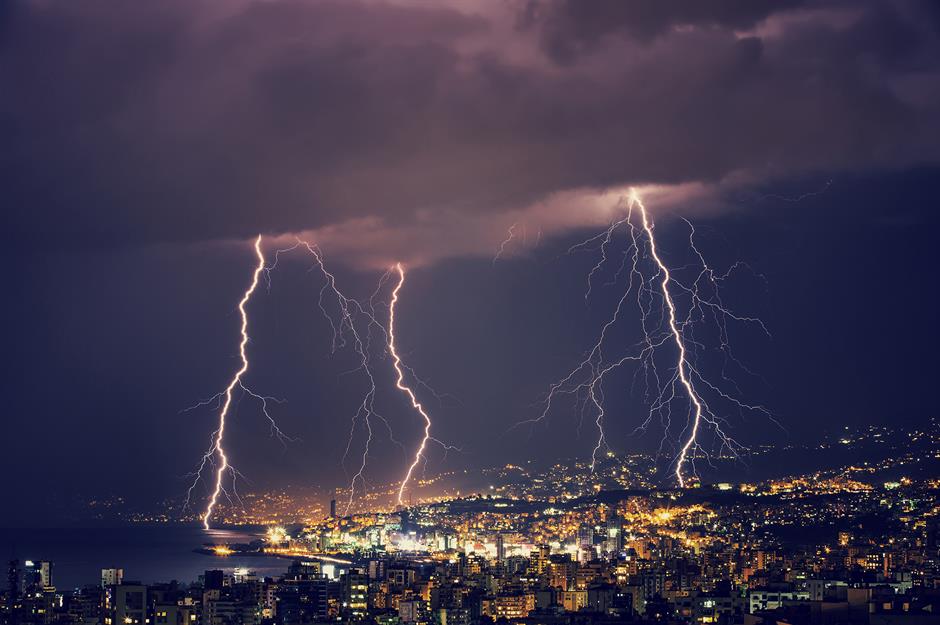
In 2011, an innovative global network of monitoring stations allowed scientists to detect electromagnetic pulses from lightning around the world, and determined that Earth has about 760 thunderstorms every hour – much fewer than previously believed. The stormiest place on the planet was revealed as the Congo basin, while the peak time for storms globally is 12pm GMT.
Raindrops are really fast...
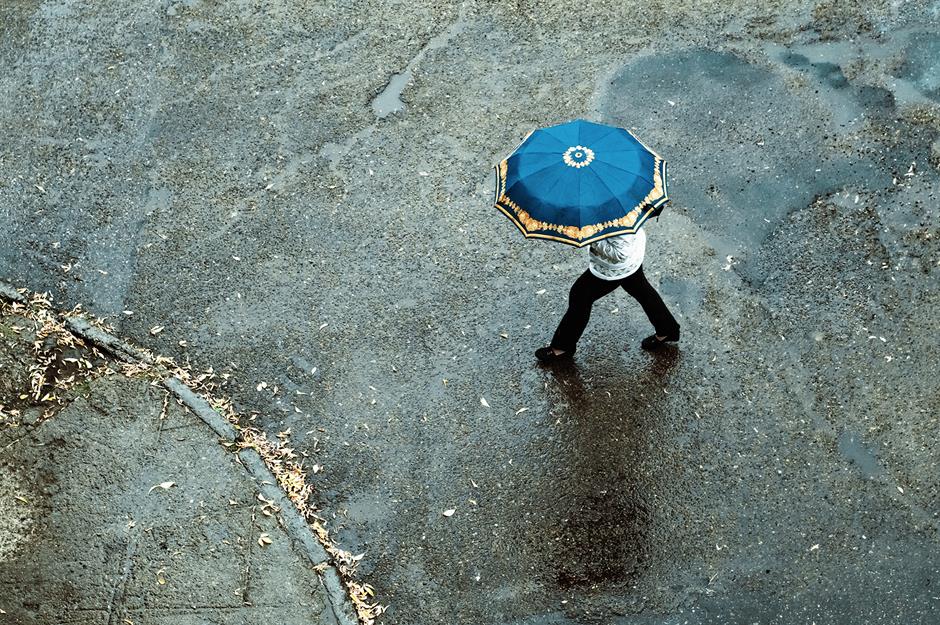
Although an estimation, most physicists agree that an average raindrop falls with a speed of between nine and 10 metres per second, equivalent to 22 miles per hour (35.4km/h). These calculations are based on a large raindrop, and it explains why rain, especially heavy rain, can erode soil so easily.
...they don't look like you think...
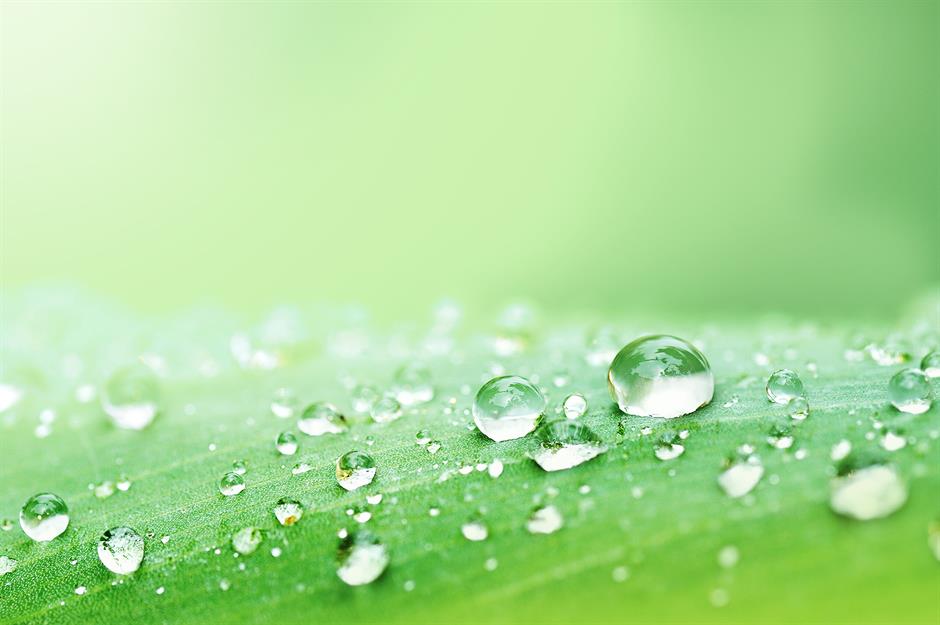
We may be used to seeing raindrops depicted as a teardrop shape, but that's not actually accurate. Gravity, air resistance and surface tension all impact the structure of each raindrop in different ways, meaning that they vary in shape. Smaller droplets are spherical, while larger drops have a more domed shape – almost like the top of a burger bun.
... and here's why they aren't bigger

The Mississippi River once froze over its entire length

Setting records that still stand to this day, many US cities experienced the coldest-ever temperatures in 1899, when four consecutive days of extremely harsh winter conditions swept across North America. Known by many names, including The Great Cold Wave and The Great Arctic Outbreak, temperatures plummeted so dramatically that the entire length of the Mississippi River froze.
The wettest place on Earth
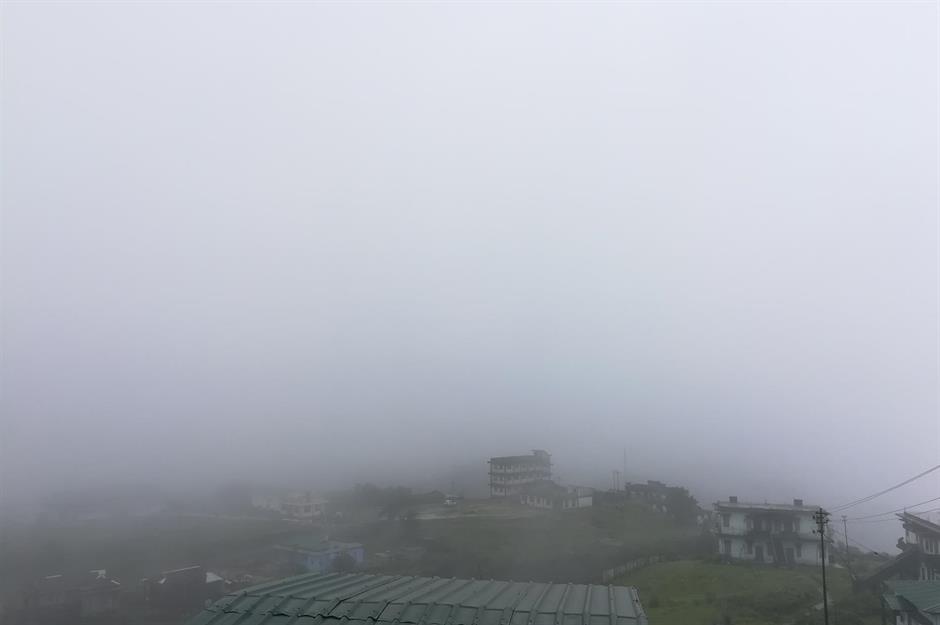
In the East Khasi Hills of Eastern India lies Mawsynram, the world's wettest place. The town holds the record for the highest average annual rainfall, recorded at a staggering 467.3 inches (1,187cm) – roughly equivalent to the height of a three-storey house. The nearby hamlet of Cherrapunji is also famous for its heavy downpours. On June 15-16 1995, it experienced a record-breaking 98 inches (249cm) of rain in just 48 hours.
The lowest temperature ever recorded
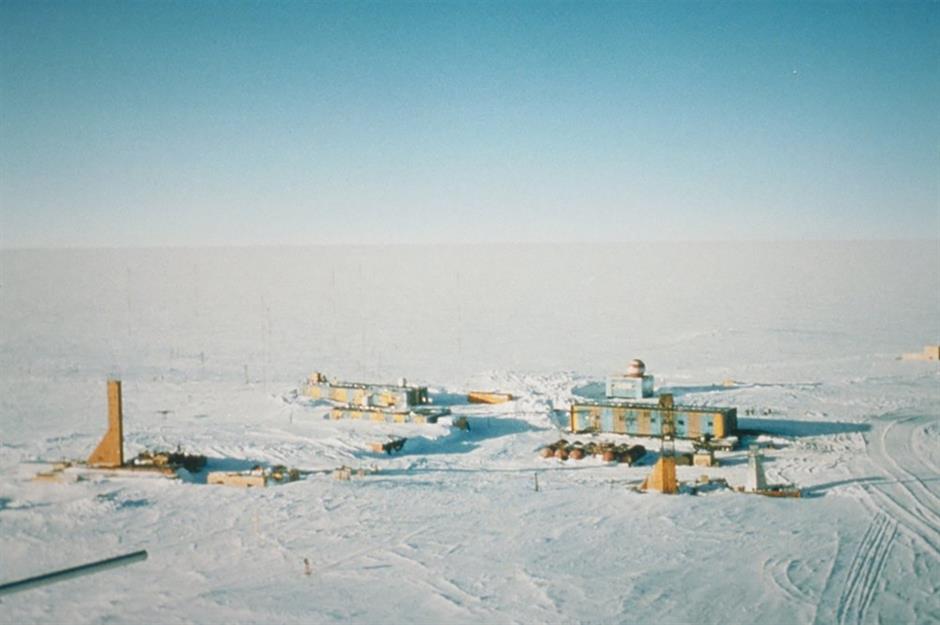
Measured at ground level on 21 July 1983, the coldest-ever temperature – a freezing -89.2°C (-128.6°F) – was recorded at the then-Soviet Vostok Station, a research facility in Princess Elizabeth Land, Antarctica. Since then, the record has reportedly been broken by four degrees on a ridge between Dome Argus and Dome Fuji in Queen Maud Land, Antarctica. However, it was measured by a satellite and occurred at an elevation of 12,800 feet (3,900m), so isn't officially recognised.
There's a snowflake catalogue
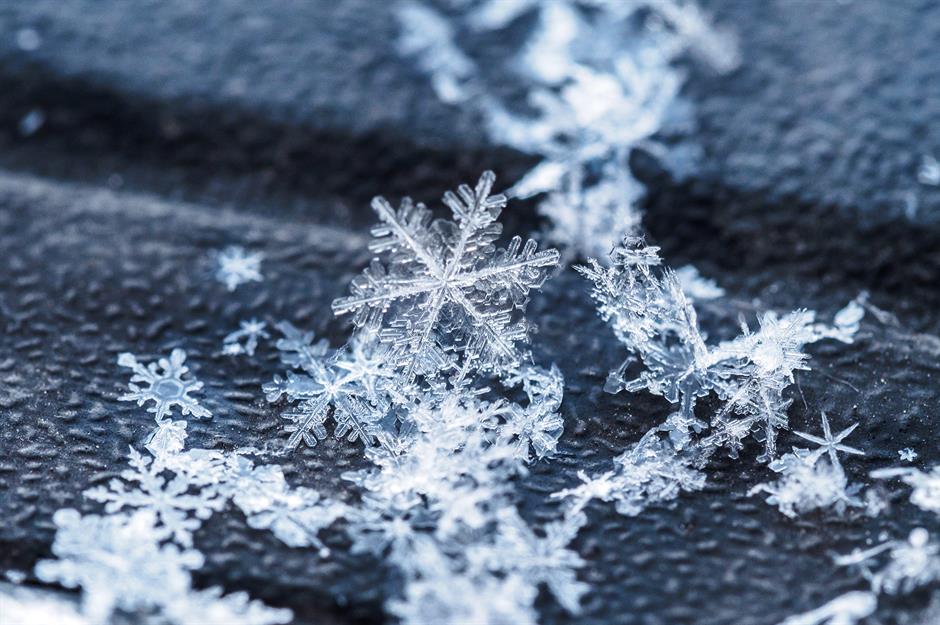
No matter how much we'd like to believe that every snowflake is unique, there are actually 39 kinds of solid precipitation – including 35 that are snow crystals or flakes. They've been catalogued by chemistry teacher Andy Brunning, who runs the chemistry blog Compound Interest, and snowflakes are categorised based on their individual properties.
The sunniest place on Earth
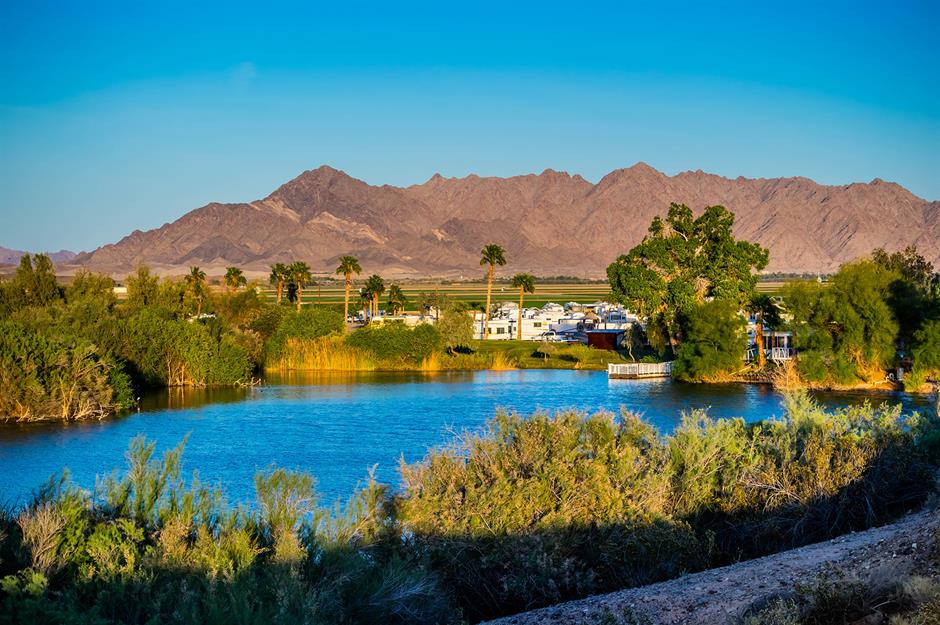
According to the World Meteorological Organization (WMO), Yuma, Arizona is the sunniest place on Earth. With over 13 hours of daily sunlight in summer and 11 in winter, Yuma enjoys more than 4,000 hours of annual sunshine. The city has an arid desert-like climate, with temperatures often surpassing 40°C (104°F) – conditions that prompted one Yuma resident to comment on a Reddit thread with: "There is no weather. The weather is hot or less-hot".
Crickets are thermometers

In what is probably one of the more bizarre mathematical equations, temperature can be calculated according to the rate at which crickets chirp. Formulated by Amos Dolbear in 1897, Dolbear's Law is the relationship between the air temperature and the rate at which crickets chirp per minute. The calculation is accurate within a degree and is measured by the chirps of a field cricket specifically.
The coldest place on Earth
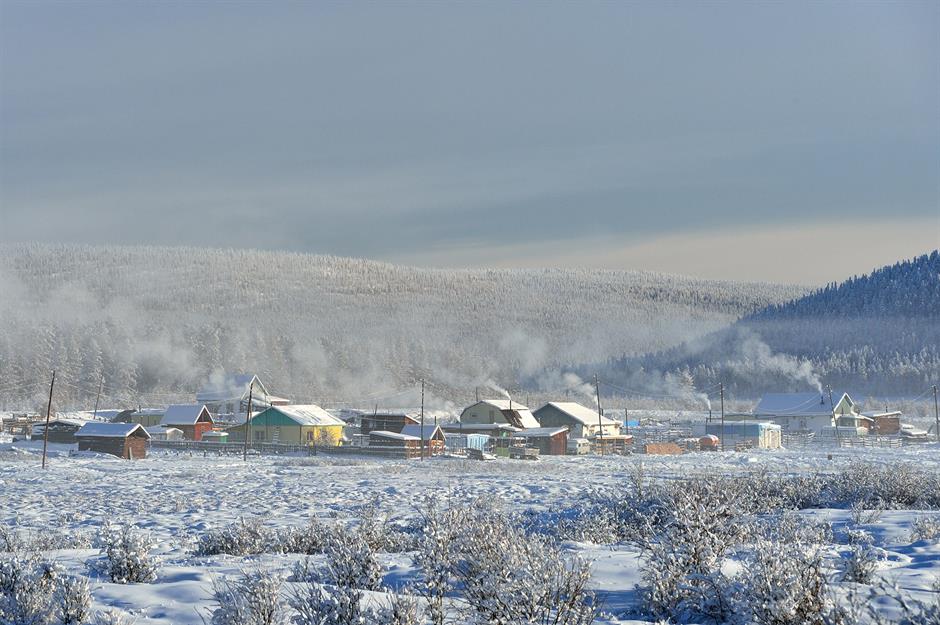
Situated in northeast Russia, a two-hour drive from Yakutsk, Oymyakon holds the title for the coldest permanently inhabited place on Earth. The area endures an average winter temperature of -50ºC (-58ºF) and lies within an extreme subarctic climate zone, resulting in perpetually frozen ground, or permafrost. The weather station in Oymyakon recorded the lowest temperature in the Northern Hemisphere at -67.7ºC (-89.9ºF).
There's no official record for the hottest-ever recorded temperature
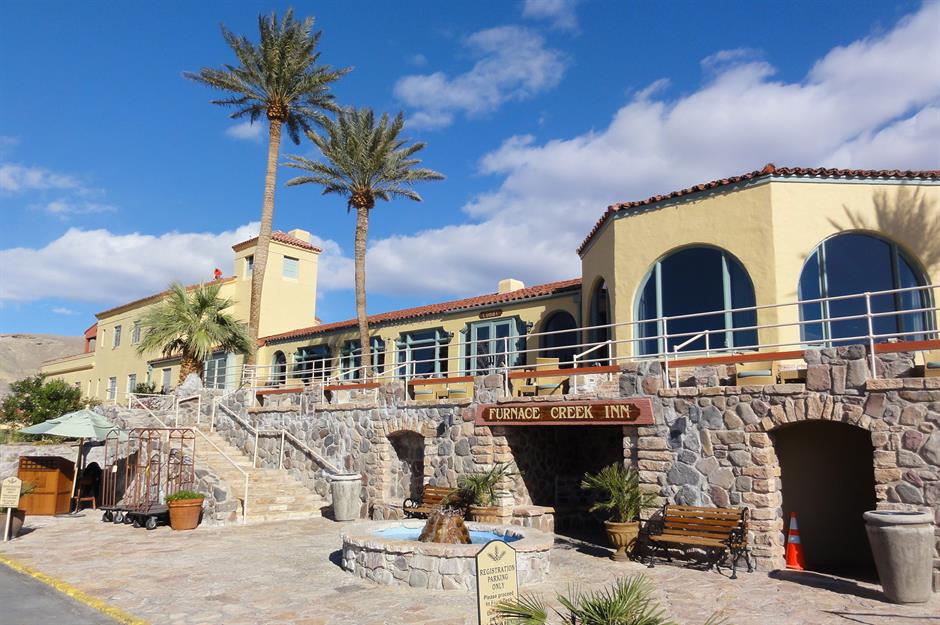
The highest temperature ever recorded, 56.7ºC (134.1ºF), is widely acknowledged to have occurred on July 10, 1913, at Furnace Creek Ranch, California, in the Death Valley desert. However, this record has not been officially recognized due to potential issues with the reading's accuracy. Recording such measurements is challenging because air temperature varies in the shade, and ground temperature can be up to 50ºC (122ºF) higher than air temperature.
The first ever weather forecast
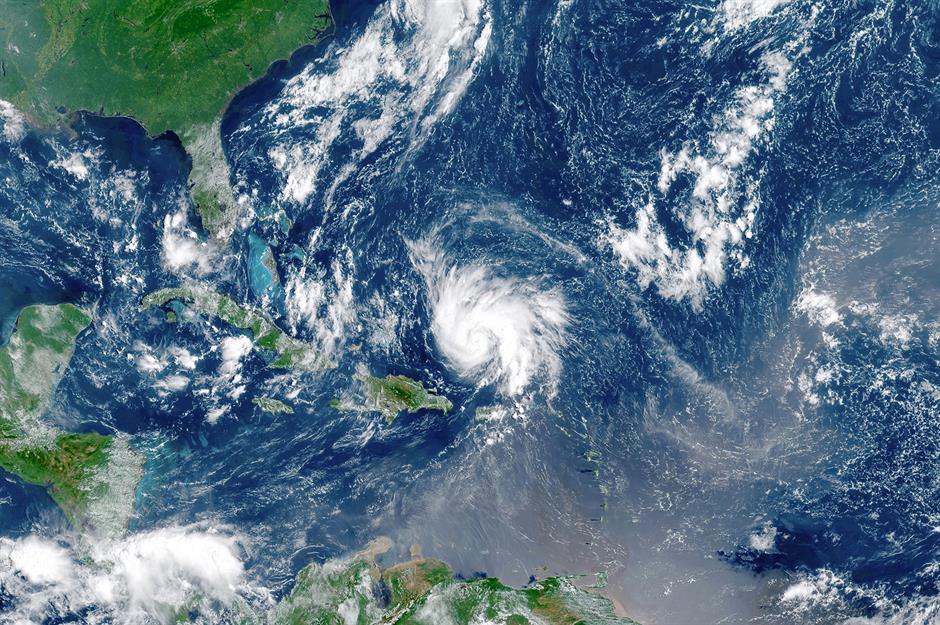
Admiral Robert FitzRoy calculated the first daily weather forecast, which was published in The Times on 1 August 1861. Thanks to the invention of the telegraph, he received daily updates of barometric pressure, wind and temperature data from ports around Britain's coast. This enabled him to predict the timing and location of storms. It took another 50 years for progress in atmospheric physics to lead to numerical prediction, which forms the foundation of contemporary weather forecasting.
You can't actually smell rain

Most of us recognise the smell of rain as the earthy, musky scent that fills the air just before a rainstorm, especially in summer. In reality, rain itself doesn't have any smell. The scent so familiar to us – called petrichor – actually comes from the dry surfaces the rain hits. Every raindrop ejects tiny particles known as aerosols when it hits the ground. These particles consist of a combination of fragrant chemical compounds we can smell when they're inhaled.
Cooler temperatures help you think
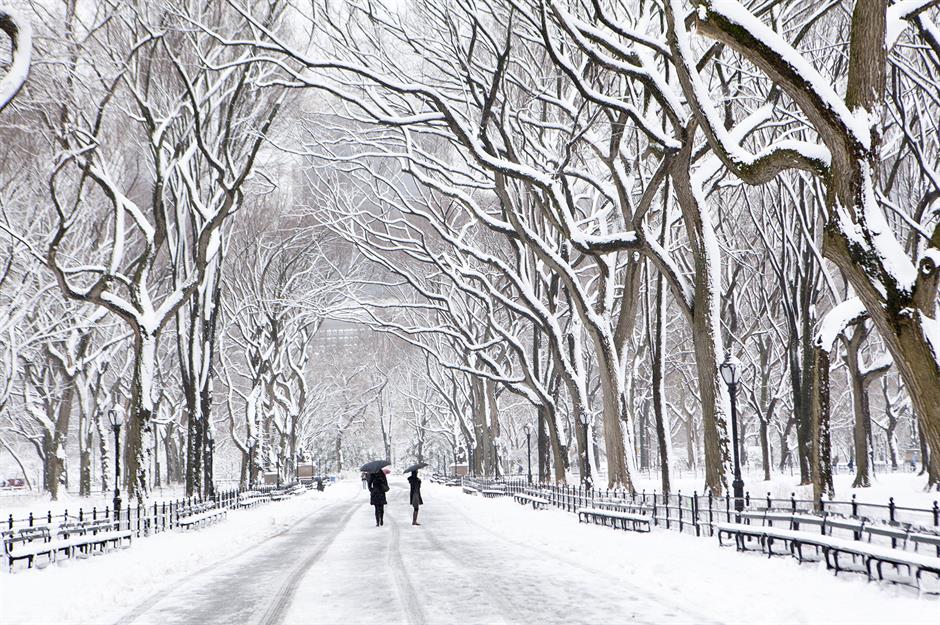
Although the research is still very theoretical, it's thought that colder temperatures help us think better. Similar research also suggests that warmer temperatures impair our ability to use our full cognitive power, making complex decision making a lot harder. In simple terms, our body uses more energy to cool down than it does to warm up – so when we're in cooler conditions, there's more leftover glucose (our main energy source) for the brain's mental processes.
Two million years, no rain
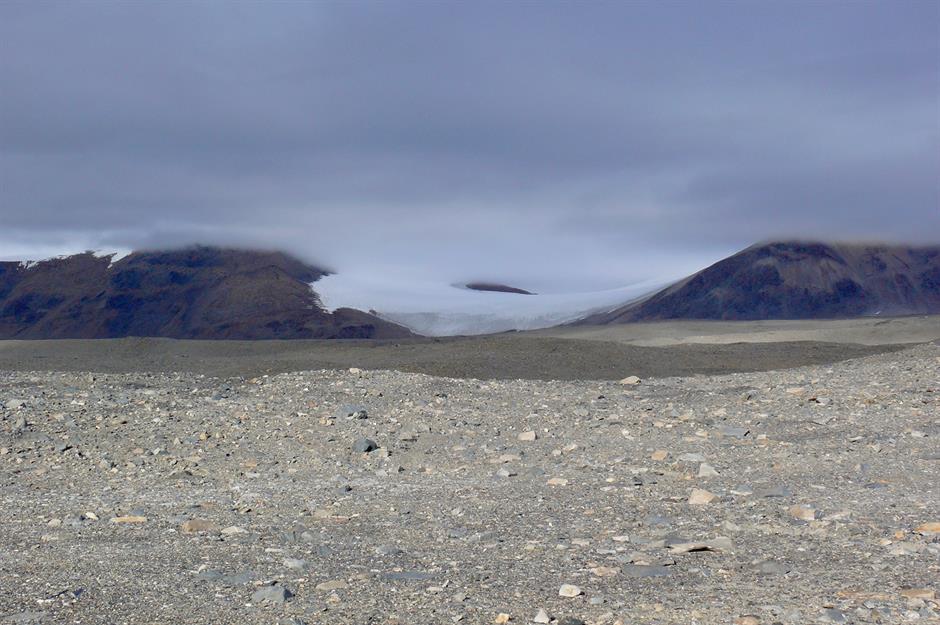
The Atacama Desert, especially the Antofagasta Region, in Chile is often called the driest place on Earth. However, the McMurdo Dry Valleys in Antarctica haven't seen any rain for almost two million years. The lack of precipitation and low humidity means that even though they're surrounded by glaciers, the valleys are snow-free. The region is also one of the world's most extreme deserts with no living organisms found here apart from certain bacteria that live in the rock interior.
The foggiest city in the world is in Canada
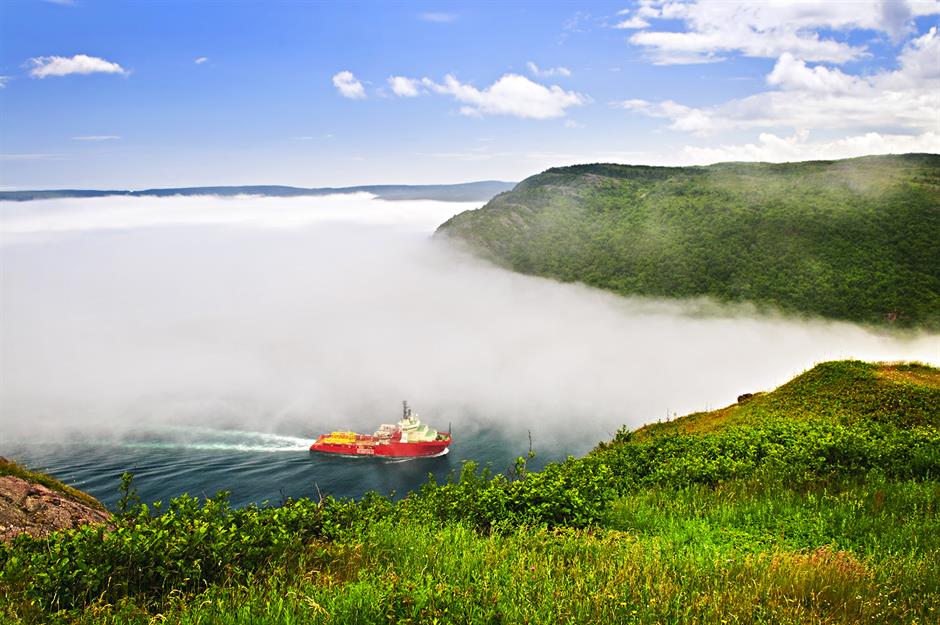
While southeast parts of Newfoundland, Canada, are considered the foggiest in the world, it's St John's, also in Newfoundland, that can lay claim to the title of the foggiest city. It's shrouded in a thick fog for roughly a third of the year and is also Canada's windiest and cloudiest city. If you happen to visit as the fog is about to roll in, head to Signal Hill and watch the city slowly swallowed by a thick curtain.
Earth's snowiest city
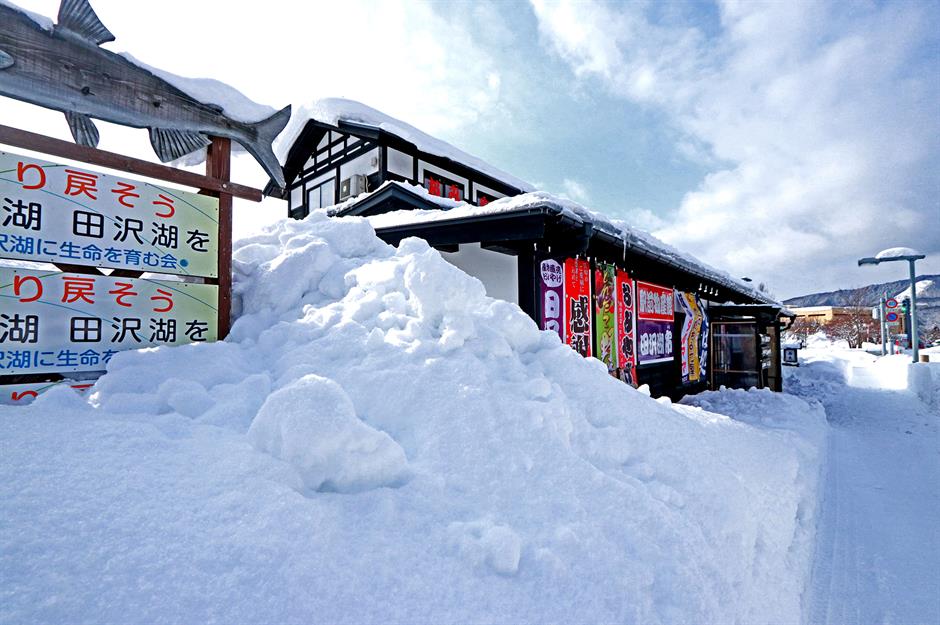
With an average snowfall of 26 feet (8m), Aomori City in northern Japan is known as the snowiest city on Earth. Locals have learned to embrace the white stuff, and have several festivals to celebrate the unique weather conditions. However, the record for the most snowfall in a 12-month period occurred from 19 February 19 1971-18 February 1972, at Paradise, Mt. Rainier, Washington in the US. During this time, an astounding 1,224.5 inches (3,110cm) of snow blanketed the area.
The longest-lasting tropical cyclone
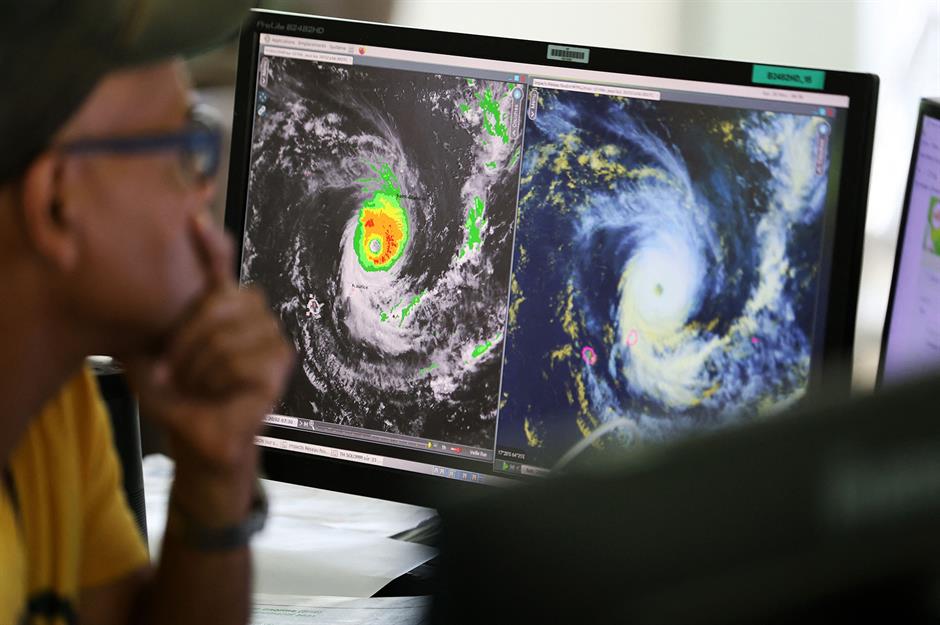
The world’s strongest and longest-lasting tropical cyclone ever recorded is Cyclone Freddy, which ravaged Madagascar, Mozambique and Malawi for over five weeks in February and March 2023. Malawi was the hardest hit by the cyclone, experiencing landslides and mudslides that killed over 1,000 people and forcing approximately 695,000 to flee their homes. A tropical cyclone is a type of storm that forms over warm tropical or subtropical waters, with a well-organised circular pattern and no fronts. This group of storms also includes hurricanes and typhoons.
A town in France is one of the windiest in the world
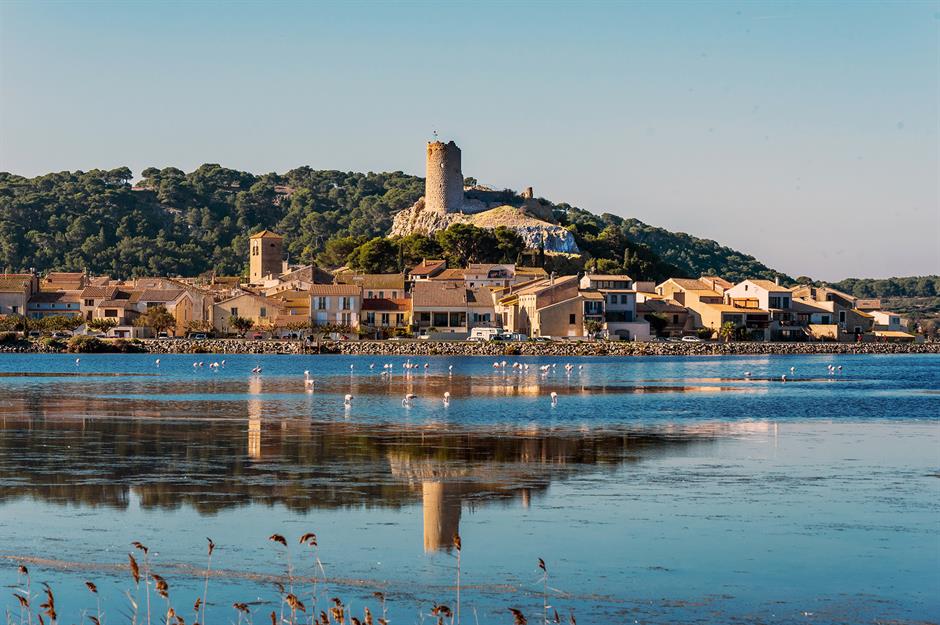
While the katabatic winds of Antarctica and the 'Roaring Forties' winds that rip through the Pacific Ocean are formidable, the small French fishing village of Gruissan is also known for its persistent winds. Situated on the Mediterranean coast of France, Gruissan endures winds exceeding 18 mph (28.9 km/h) on average for 300 days annually. Governed by the Tramontane, a potent northwest wind, it's a rare occasion to find Gruissan without a brisk breeze.
A yodel can't cause an avalanche
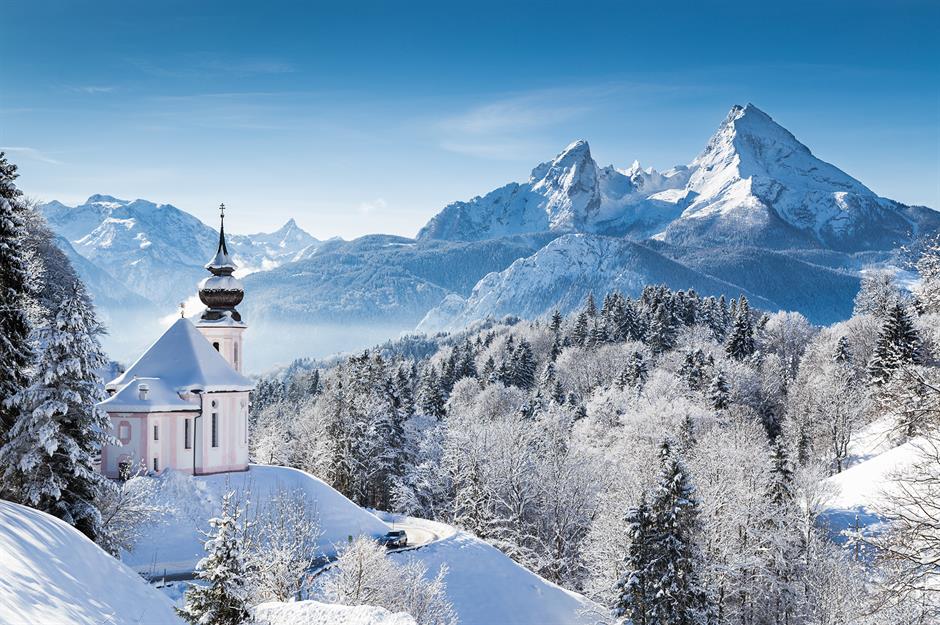
Contrary to popular belief as portrayed in films and cartoons, yodelling and noise in general are not causes of avalanches. Studies indicate that only an extremely loud sonic boom, under the most delicate conditions, might potentially trigger one. Avalanches are primarily caused by changes in weight on snowpacks that are already vulnerable, and factors like fresh snowfall, wind-driven snow accumulation, or pressure from skiers and snowmobiles can create enough force to initiate an avalanche.
The longest recorded dry period lasted 14 years
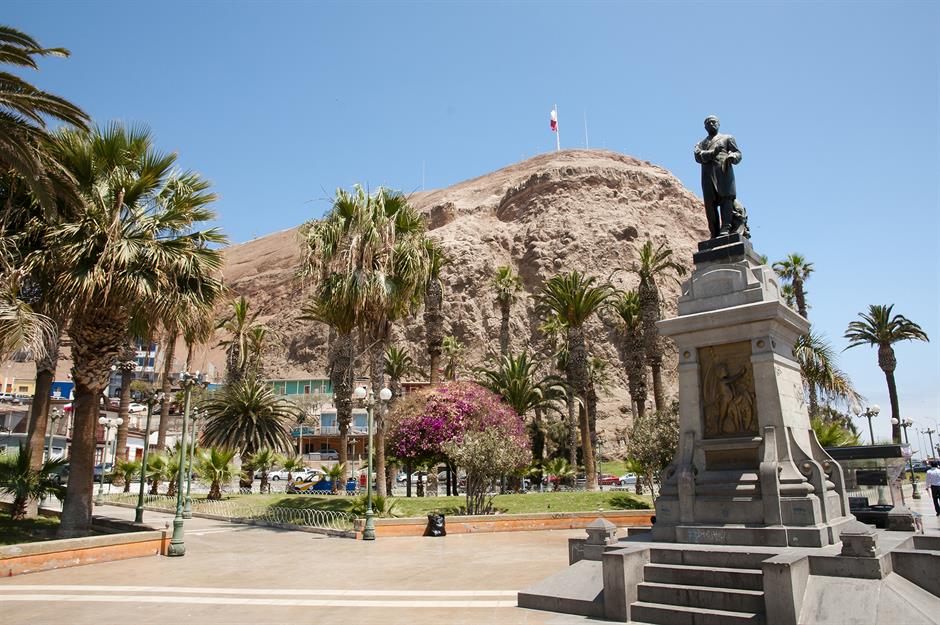
Spanning more than 14 years – a total of 172 months – the world's longest drought lasted from October 1903 to January 1918. During this time not a single drop of precipitation fell in Arica in northern Chile.
A heatwave once turned grapes into raisins before they were picked

After a record-level heatwave descended on northern California during the first weekend of September in 2017, many Bay Area wine producers were left with grapes that had turned into raisins even before picking. Scorching temperatures of 38ºC (100ºF) and higher left the vines severely dehydrated and some of the state's most notable wine-growing regions of Napa and Sonoma faced uncertainty as to whether there would be enough grapes to harvest.
Hurricane Harvey changed rain maps forever
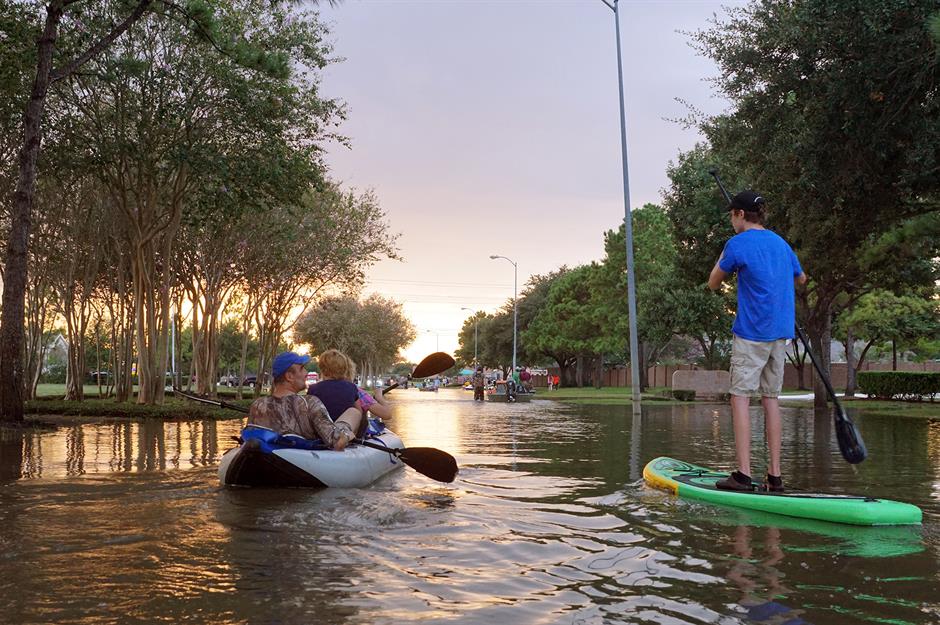
In 2017, more than 30 inches (76cm) of rain fell in just a few days in southeastern Texas, prompting the National Weather Service to update their rain accumulation map with a new colour (lavender) to effectively display the graphics. On 27 August, 2017, Houston alone received 16.07 inches (40.8cm) of rain, making it the wettest day in the city's history.
There is a record for greatest rainfall in a minute

Unionville in Talbot County, Maryland holds the record for experiencing the greatest amount of rainfall in 60 seconds. Recorded on 4 July, 1956, 1.23 inches (31cm) of rain fell in a minute. In comparison, Hong Kong experiences some of the worst sub-tropical rainstorms in the world, however, its black rainstorm signal will only be used to warn the public when rainfall exceeds 2.75 inches (7cm) in an hour.
Thunder and lightning are the same thing
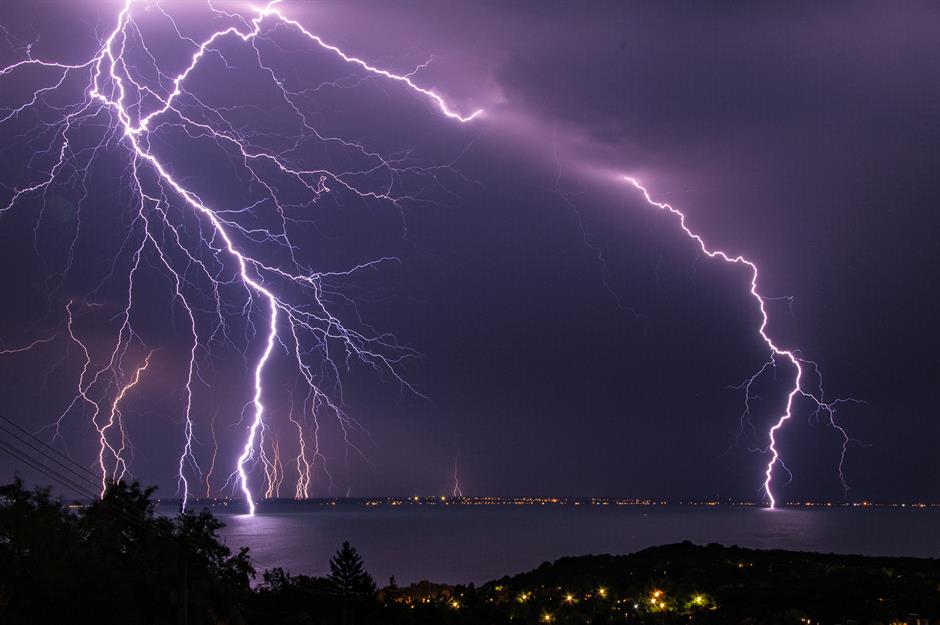
Although the bright flash of lightning and the clap of thunder are known by different names, they are essentially the same phenomenon, distinguished only by their association with light and sound. The difference between the speeds of light and sound means we observe the flash before we hear the noise. Initially, light cleaves through the atmospheric air pressure, resulting in lightning. This is followed by the air pressure collapsing back in on itself, producing the familiar rumble of thunder.
Blood rain is a real thing

A fascinating and eerie natural phenomenon, ‘blood rain’ occurs when desert sand particles are carried into the atmosphere by strong winds during sandstorms or dust storms. These particles mix with rainwater or atmospheric moisture, giving the rain a reddish or rusty colour. One instance of blood rain occurred in Spanish skies in 2022, when dark sand from the Sahara Desert was carried by winds, mixed with precipitation, and fell back to Earth, creating a spectacle that captured global attention.
Record-breaking hail
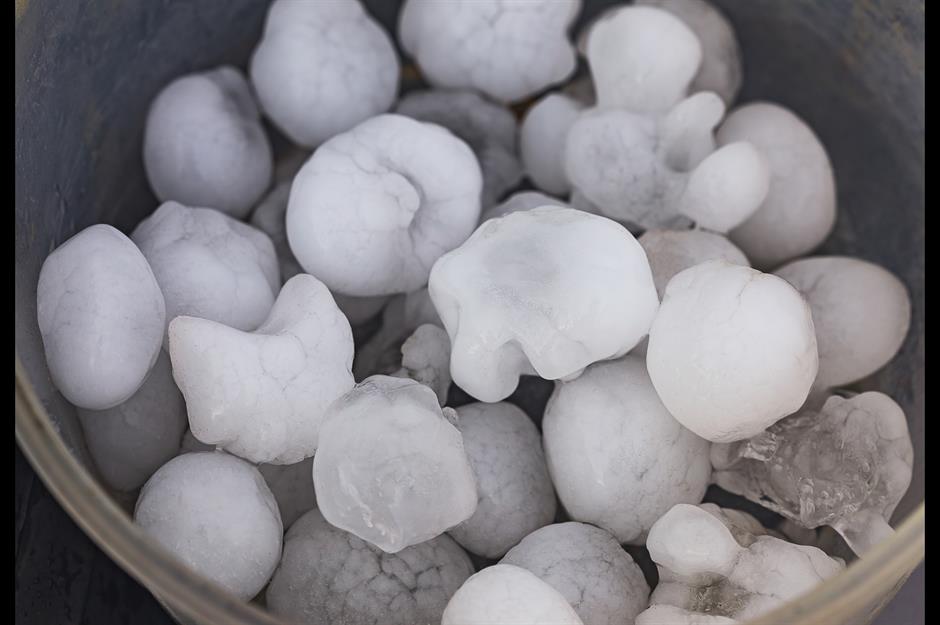
In the small town of Vivian, South Dakota, a hailstone weighing nearly a kilogramme (2.2lbs) claimed the title of the largest ever recovered in the USA. This impressive find, unearthed on 23 July 2010, measured a whopping 8 inches (20cm) in diameter and 18.5 inches (47cm) in circumference. Hail forms in thunderclouds when water drops are carried by updrafts and downdrafts, gradually freezing and accumulating more ice, until they become too heavy and fall to the ground.
Death by lightning
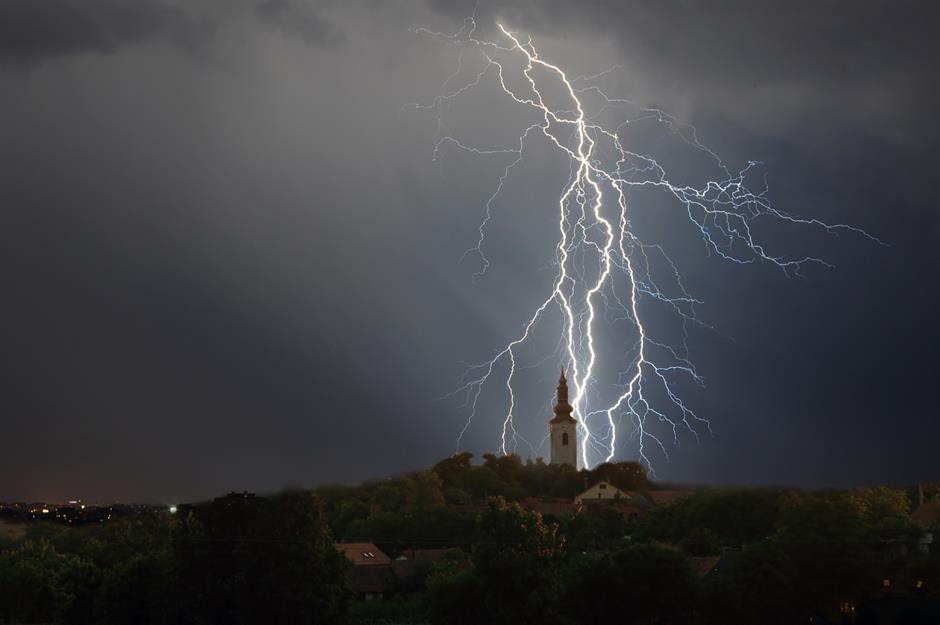
From 2006 to 2023, lightning strikes claimed 480 lives in the United States. Interestingly, men face a significantly higher risk – based on past data, they are four times more likely than women to be struck. There is some good news, though – the survival rate of lightning strikes in the US is around 90%. Several factors contribute to this, including the rarity of direct strikes, the body's ability to dissipate much of the current and the widespread knowledge of CPR.
Comments
Be the first to comment
Do you want to comment on this article? You need to be signed in for this feature